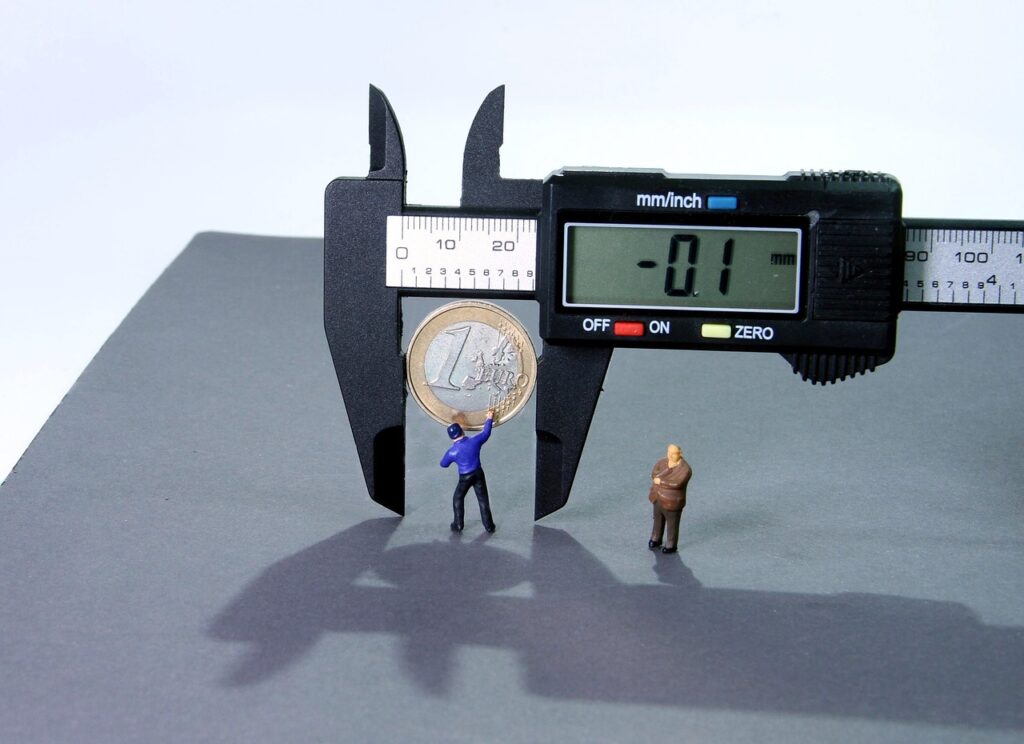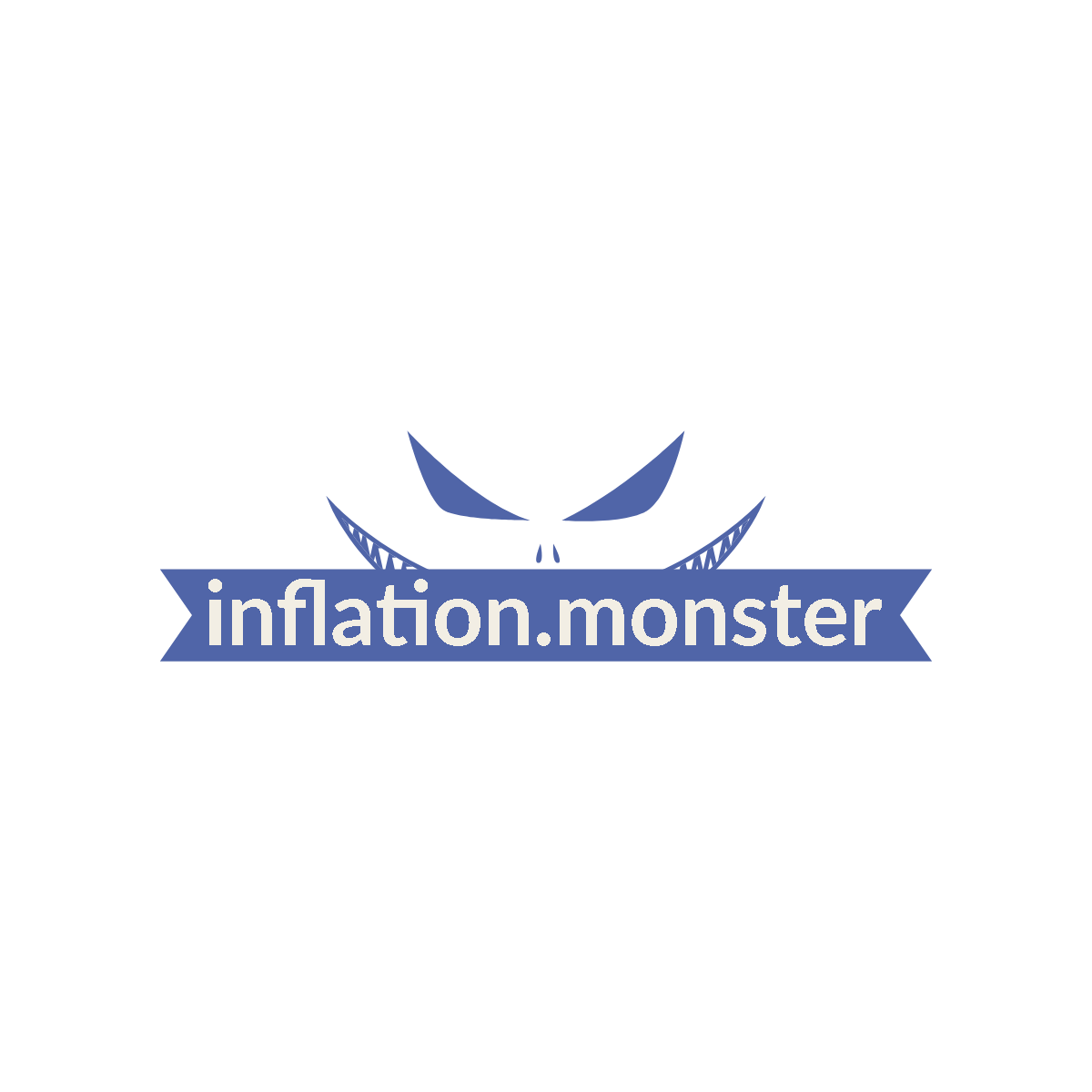Inflation, that elusive and often misunderstood creature, holds a significant sway over our financial world. As we explore the intricate web of money and economics, join us in dissecting the relationship between inflation and interest rates. By delving into this topic, we hope to shed light on the captivating influence that the inflation monster holds over the borrowing and lending landscape. Brace yourself, for we are about to embark on a journey into the realm where hard money, inflation, and interest rates dance together in a delicate balance.

Understanding Inflation
Definition of inflation
Inflation refers to the sustained increase in the overall price level of goods and services in an economy over a period of time. It is commonly measured by the Consumer Price Index (CPI), which reflects the average change in prices of a basket of goods and services consumed by households.
Causes of inflation
There are several factors that can cause inflation. Some of the primary causes include:
- Increase in demand: When the demand for goods and services exceeds the available supply, prices tend to rise.
- Increase in production costs: If the cost of raw materials, labor, or other inputs used in production increases, producers may pass on these costs to consumers through higher prices.
- Monetary factors: An increase in the money supply without a corresponding increase in the supply of goods and services can lead to inflation.
Types of inflation
Inflation can be categorized into different types based on its causes and effects. Some common types of inflation include:
- Demand-pull inflation: This occurs when aggregate demand exceeds the available supply in the economy, leading to upward pressure on prices.
- Cost-push inflation: This type of inflation occurs due to increased production costs, such as higher wages or the cost of raw materials.
- Wage inflation: When wages increase across the board, it can drive up production costs and result in higher prices.
- Hyperinflation: This extreme form of inflation occurs when prices skyrocket and the value of money rapidly erodes.
Effects of inflation on the economy
Inflation can have significant effects on the economy and individuals. Some notable effects include:
- Reduced purchasing power: As prices rise, the purchasing power of money decreases, meaning that individuals can buy fewer goods and services with the same amount of money.
- Income redistribution: Inflation can lead to a redistribution of income and wealth, as those with fixed incomes may struggle to keep up with rising prices, while individuals with assets tied to inflation may benefit.
- Uncertainty: High inflation rates can create uncertainty in the economy, making it difficult for individuals and businesses to plan for the future.
- Economic distortions: Inflation can lead to misallocations of resources and distortions in economic decision-making, as individuals and businesses may prioritize short-term gains over long-term stability.

The Inflation Monster
Introduction to the inflation monster
The inflation monster is a metaphorical representation of the destructive power of inflation on the economy. It symbolizes the negative consequences that can arise when inflation is left unchecked.
Characteristics of the inflation monster
The inflation monster is characterized by its ability to erode the value of money, disrupt economic stability, and create uncertainty. It thrives on unchecked inflationary pressures and can wreak havoc on the financial well-being of individuals and the overall economy.
Historical examples of the inflation monster
Throughout history, there have been several notable examples of the inflation monster’s impact. One such example is the hyperinflation that occurred in Germany during the Weimar Republic in the 1920s. Prices rose exponentially, reaching absurd levels, and the value of the German mark plummeted, leading to widespread economic turmoil.
The inflation monster and its impact on interest rates
The inflation monster has a direct impact on interest rates. As inflation rises, central banks often respond by increasing interest rates to curb inflationary pressures. Higher interest rates make borrowing more expensive and can dampen economic activity. On the other hand, lower interest rates can be used as a tool to stimulate economic growth during periods of low inflation or deflation.

Interest Rates
Definition of interest rates
Interest rates refer to the cost of borrowing money or the return on invested funds. They are typically represented as a percentage of the principal amount and can vary based on factors such as risk, inflation, and the monetary policy decisions of central banks.
Factors affecting interest rates
Interest rates are influenced by a variety of factors, including:
- Inflation expectations: Anticipated inflation rates can impact interest rates, as lenders and investors may demand higher rates to offset the expected loss in purchasing power of future interest and principal payments.
- Central bank policy: The monetary policy decisions of central banks play a crucial role in setting interest rates. By adjusting key interest rates, central banks can influence borrowing costs and economic activity.
- Supply and demand for credit: The availability of credit and the demand for it can impact interest rates. When the demand for credit is high, lenders may raise rates to allocate funds to higher-growth opportunities.
- Government regulation: Government regulations and interventions can also influence interest rates, especially in sectors such as housing, where mortgage rates are often subject to government policies.
Types of interest rates
There are various types of interest rates, including:
- Nominal interest rates: These rates are the stated rates before adjusting for inflation.
- Real interest rates: Real interest rates are adjusted for inflation, representing the true purchasing power of the return on an investment.
- Prime rates: The prime rate is the interest rate that banks charge their most creditworthy customers.
- Fixed interest rates: With fixed interest rates, the rate remains the same throughout the life of the loan or investment.
- Variable interest rates: Variable interest rates can change over time, often tied to a benchmark rate such as the prime rate or the London Interbank Offered Rate (LIBOR).
Importance of interest rates in the economy
Interest rates play a critical role in the economy. They impact borrowing costs, investment decisions, savings rates, and overall economic activity. High interest rates can discourage borrowing and investment, while low interest rates can stimulate economic growth by making borrowing more affordable and encouraging spending.

Inflation and Interest Rates Relationship
Overview of the relationship between inflation and interest rates
Inflation and interest rates have a complex relationship. Generally, the relationship can be characterized as follows:
- Inflation and nominal interest rates tend to move together: As inflation increases, nomi




